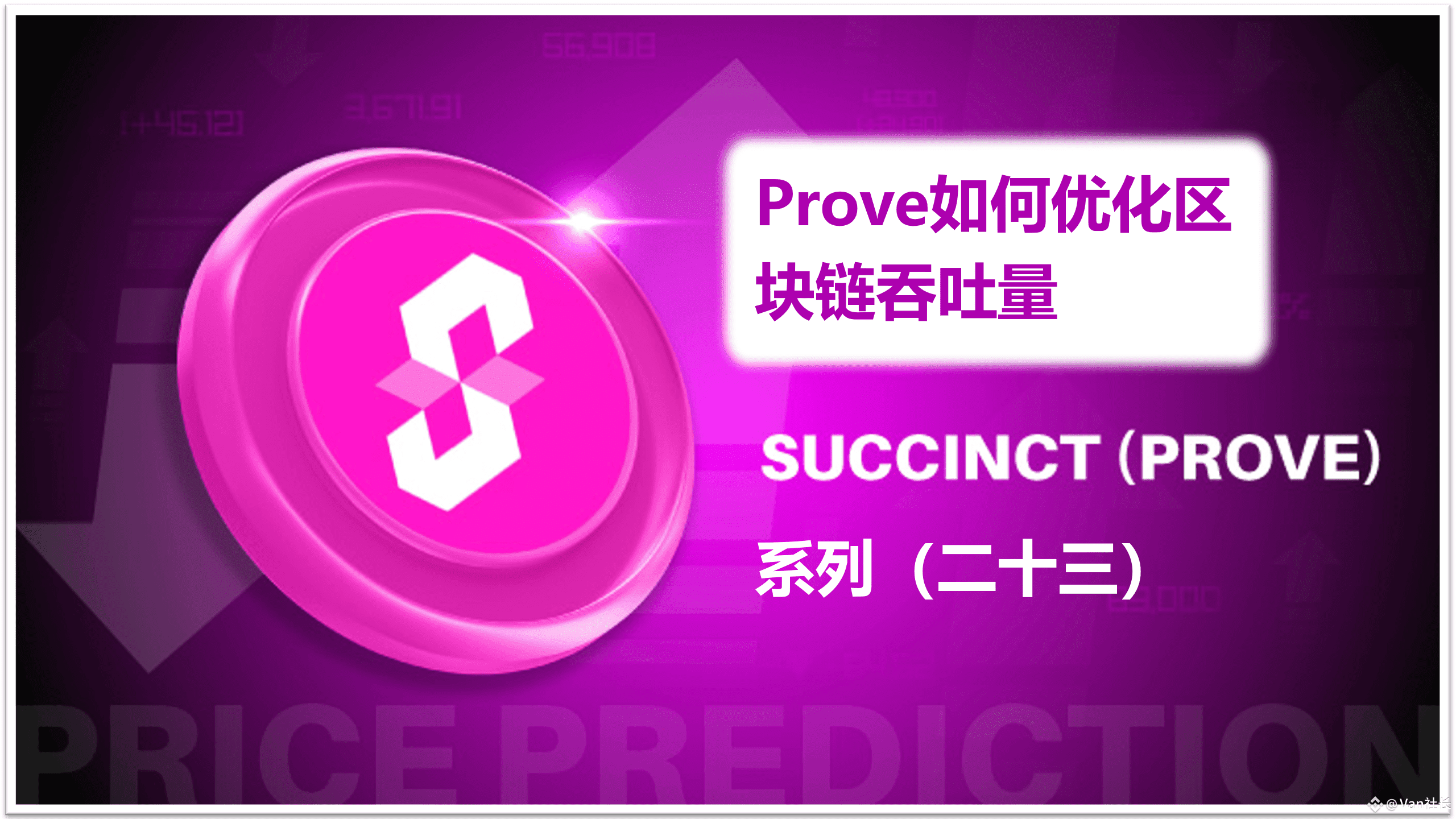The productivity of blockchain has always been a weak point in this field, as congestion, like that witnessed during Ethereum's peak periods, has caused significant problems. The emergence of Prove token offers an innovative solution by separating execution and verification through zero-knowledge proofs. The essence of the Succinct network relies on a set of distributed proofs. Users send programs, and provers compete to generate zero-knowledge proofs, significantly reducing the overall on-chain cost. Imagine this: instead of requiring all nodes to replicate the calculations, all nodes now only need to verify a small proof, allowing for more transactions to be processed.
Prove's enhancement lies in the design of proof competition. It acts as an efficient marketplace, allowing provers to bid on requests, ensuring low latency and high reliability. In early tests, Prove increased production by more than three times by avoiding redundant calculations. For example, in aggregation applications, Prove enables faster verification of transaction batches, eliminating the inefficient use of fraud proofs. This makes me consider Prove as a 'turbine engine' for blockchains, making the system operate more smoothly.
Of course, improvements do not happen overnight. The Prove team has made significant efforts in their algorithms. For instance, compressed SP1 proofs maintain a consistent proof size, making them suitable for on-chain storage. This directly reduces gas fees, facilitates the participation of local data provers, and enhances network decentralization. Prove token holders benefit from ecosystem growth, as high productivity attracts more applications.
In the future, Prove will also support auxiliary processor mode, allowing the blockchain to outsource heavy computational tasks. This will increase productivity potential and be suitable for decentralized finance (DeFi) markets or non-fungible tokens (NFT). In short, Prove's improvement journey begins with technical details, solving practical problems, and making the blockchain more accessible.
#SuccinctLabs @Succinct $PROVE
